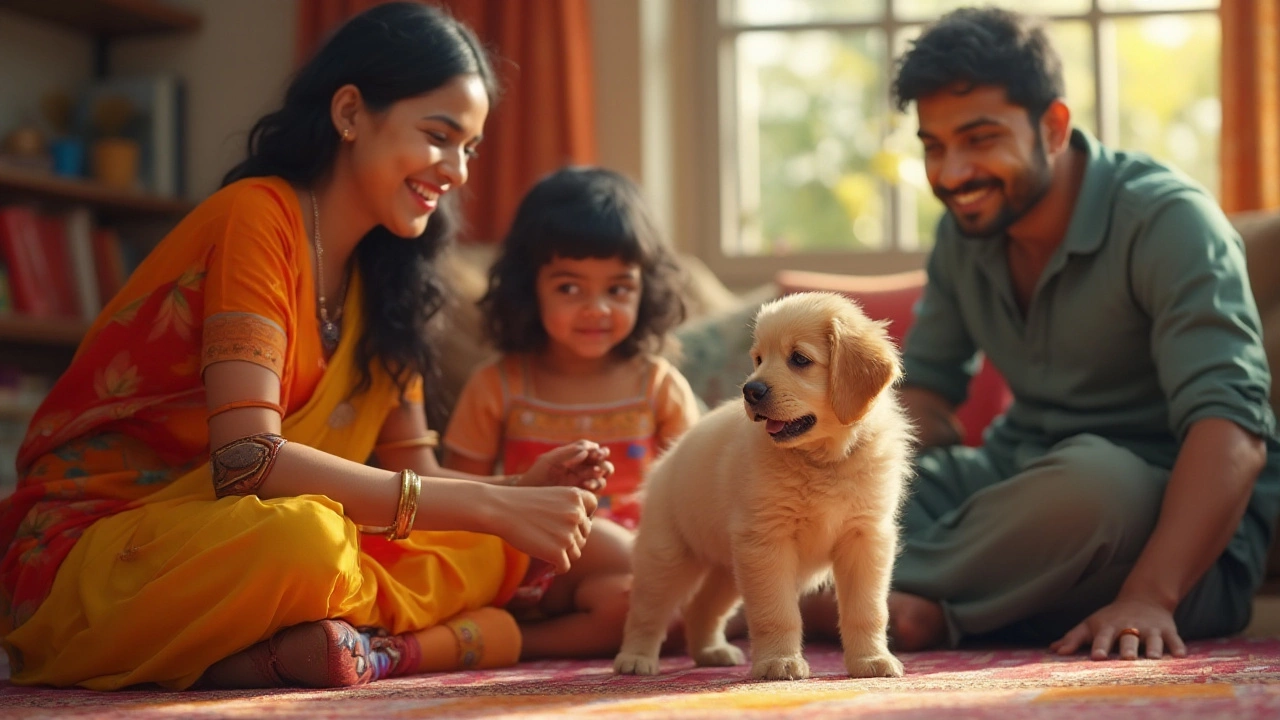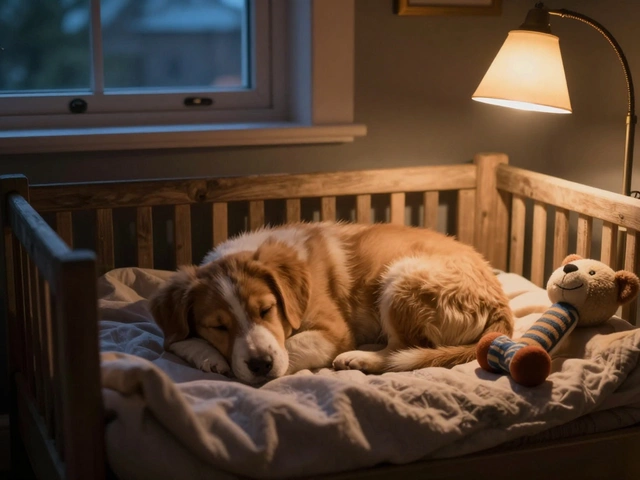House‑Training Puppy: Quick Tips, Timeline & Common Mistakes
Got a new pup and wondering how long it will take before they stop peeing on the rug? You’re not alone. Most owners think it’s a mystery, but the process follows a simple pattern if you set the right routine. Below you’ll find the exact steps that work for most puppies, the average timeline, and the pitfalls that trip up beginners.
How Long Does House‑Training Take?
On average, a puppy will hold its bladder for about one hour for every month of age. That means an 8‑week-old can usually last 2‑3 hours, while a 4‑month‑old can stretch to 4‑5 hours. Most dogs are fully house‑broken by 4‑6 months if you stay consistent. The key factors that speed up the timeline are:
- Frequent trips: Take your pup outside every 30‑45 minutes during the first weeks.
- Positive reinforcement: Praise or treat right after they finish outside.
- Clear signals: Use a single cue word like “go potty” every time you head out.
If your puppy is still having accidents after 6 months, check for health issues or a chaotic schedule. A calm, predictable routine usually cracks the problem.
Practical Steps for Success
1. Choose a spot and stick to it. Dogs love routine. Take them to the same grass patch or floor tile each time. The scent will tell their nose it’s the right place.
2. Watch the signs. Sniffing, circling, or whining means they need a break. As soon as you see these, grab the leash and head out.
3. Reward immediately. The treat or praise has to happen right after they finish, not later. This reinforces the connection between the spot and the action.
4. Keep a schedule. Feed at the same times each day. A predictable diet means predictable bathroom trips. After meals, naps, and play sessions, take them out within 10‑15 minutes.
5. Use a crate wisely. A crate should be just big enough for the pup to stand, turn, and lie down. Dogs naturally avoid soiling where they sleep, so the crate becomes a helpful training tool.
6. Clean accidents fast. Use an enzymatic cleaner so the scent disappears. If the smell lingers, the dog may use the same spot again.
One common mistake is giving the puppy too much freedom too soon. Limiting their access to one room until they’re reliable makes accidents easier to spot and clean. Also, avoid punishment. Yelling or scolding after an accident only confuses the dog; they won’t understand what you’re angry about.
For extra motivation, try a short “potty break” after each play session. Puppies love to run, then they need to go. Pair the fun with the bathroom cue, and you’ll see progress fast.
If you’re juggling a busy life, set reminders on your phone. A buzz every hour keeps you on track and prevents missed trips. Over time, you’ll notice fewer accidents and longer stretches between bathroom breaks.
Remember, every puppy is different. Some may catch on in a week, others need a couple of months. Stay patient, stay consistent, and celebrate each win. Before you know it, your pup will be staying dry at home and you’ll have one less thing to worry about.

Effective Solutions for House-Training a Puppy and Managing Accidents
House-training a puppy requires patience, understanding, and the right approach. If your puppy pees in the house, learning the best disciplinary methods is crucial to ensure effective learning and a happy household. It's important to approach this problem with a positive mindset and practical strategies. This article provides useful information on how to handle accidents and reinforce good behaviors using effective puppy training techniques.
read more



